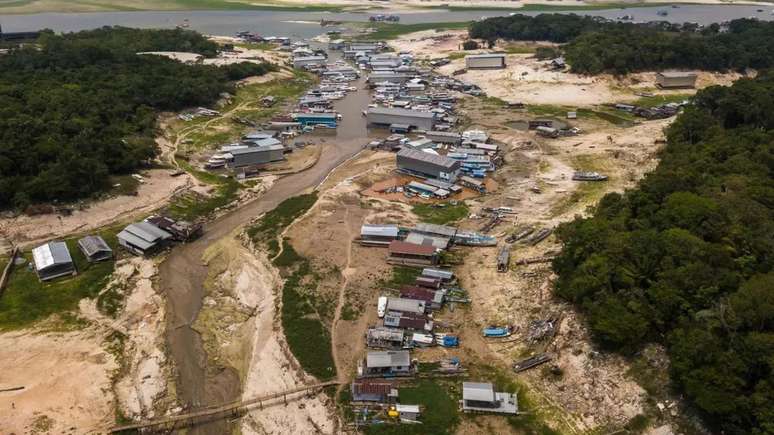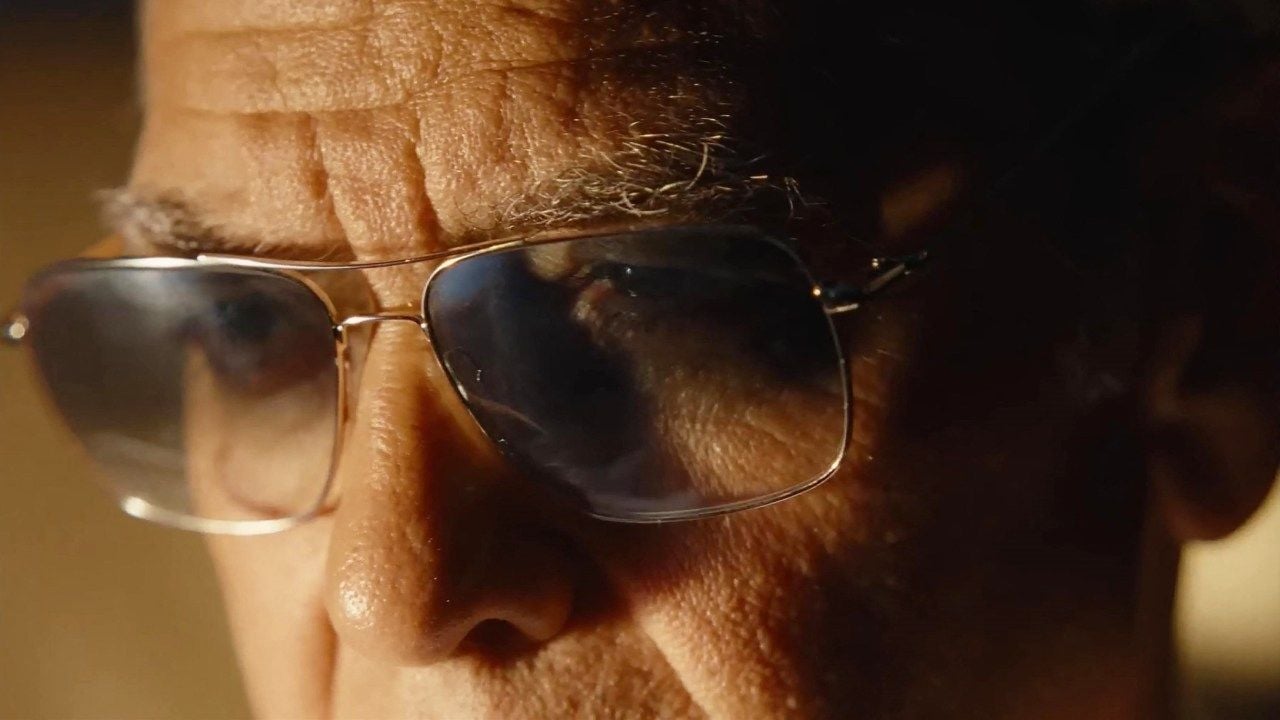The Solimões River is 3 meters below the average observed for this time of year and some of its tributaries, such as the Madeira and Acre rivers, are recording levels close to historic lows.
Amazon rivers recorded record volumes compared to the historical series of records in August, a month before reaching the most critical period of drought, which is usually September.
Historical average
According to data from the Management and Operations Center of the Amazon Protection System (Censipam), an entity linked to the Ministry of Defense, the Solimões River is 3 meters below the average observed for this time of year and some of its tributaries such as Madeira and Acri are recording levels close to historic lows.
According to Censipam analyst Flávio Altieri, although the volume of rainfall is below the average expected for this time of year in much of the Amazon, it is still too early to say that the drought will be the most intense recorded in the region.
“In general, the hydrological conditions of the main rivers are worse than those observed in 2023, the year marked by the worst drought in the Amazon. Climate forecasts indicate that there are no signs of improvement in the rainfall situation for the coming months. However, due to the vast territorial extension and diversity of the region, it is not possible to guarantee that the drought of 2024 will be more severe”the analyst explained to Agência Brasil.
Extreme drought
According to the analyst, what has already been confirmed is an extreme drought, which represents the penultimate level of severity on the five-stage scale for measuring the phenomenon. At this level, widespread water shortages, restrictions and severe crop losses are expected. “Censipam, through its hydrological forecasts released in June on the occasion of the Pre-Drought event, had already warned that in 2024 the Amazon would have to face a drought similar to that of 2023”he stressed.
Altieri also stressed that, given the low levels, traditional communities that rely on rivers as access routes are the most affected. “These populations face challenges compounded by shortages of food and clean water, as well as difficulties in accessing essential services such as health and education.”he detailed.
The key to understanding the fires is this: the culture of fire and war on nature that has sustained Brazil for 500 years has collided with climate collapse.
The government achieves the largest reduction in deforestation in the history of the Amazon and faces the greatest drought ever seen in the biome.
— Aroeira 🌿 (@andrearoeirap) August 22, 2024
Source: Terra
Rose James is a Gossipify movie and series reviewer known for her in-depth analysis and unique perspective on the latest releases. With a background in film studies, she provides engaging and informative reviews, and keeps readers up to date with industry trends and emerging talents.







